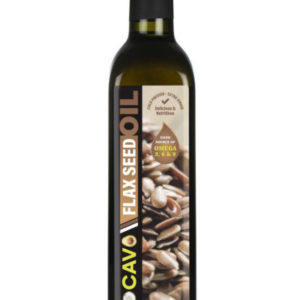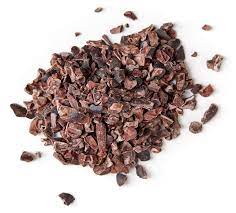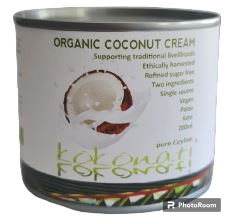DESICCATED COCONUT
Desiccated coconut is one of Asia’s major export products, where soil conditions and tropical climates are well-suited for its cultivation. Major exporters in the desiccated coconut industry are the Philippines, Indonesia, and Sri Lanka, whereas major importers are Europe and America.
What is Desiccated Coconut?
Desiccated Coconut is a grated, dried (3% moisture content max.), and unsweetened fresh meat or kernel of a mature fruit of coconut. Desiccated Coconuts are graded by its cutting size, for example, fine grade and medium grade where fine grade is smaller particle size than the medium grade.
The processes of desiccated coconut are as below:
- Removal of coconut husk,
- Removal of coconut shell,
- Removal of thick brown coconut skin,
- Washing of white coconut meat to remove foreign material,
- Blanching of white coconut meat to reduce the number of microorganism to the safe level fit for human consumption within its shelf life,
- Cutting of white coconut meat into the desired size,
- Hot air blow drying the grated white coconut meat to reduce the moisture content from 19% to less than 3%,
- Cooling of desiccated coconut,
- Sieving of desiccated coconut to separate desiccated coconut as according to the desired size,
- Finally, packing of desiccated coconut.
One thousand nuts are expected to yield about 130kg of Desiccated Coconut.
Applications of Desiccated Coconut
Desiccated Coconut is ideal for use as fillers, toppings and as ingredients, especially in the baking of biscuits, snack bars, cakes, cookies and so on.
How to identify a good quality Desiccated Coconut?
A good quality Desiccated Coconut should be white in colour, reasonably free from yellow specks, black spots and other discolourations. It should have sweet aroma of coconut, mild characteristic of coconut without rancid and even particle size distribution.
What are black spots in Desiccated Coconut?
Back spots are foreign materials found in Desiccated Coconut. These foreign materials are primarily the grated and dried coconut skin, which had gone through the cutting and drying processes together with the white coconut meat. Manufacturers have grading limits of acceptable foreign materials which is generally 4 pieces per 100g of desiccated coconut.
Low fat or high fat Desiccated Coconut?
The value of Desiccated Coconut lies at the fat content. Desiccated Coconut is categorized into full fat (high fat) or reduced fat (low fat). A full fat Desiccated Coconut has a minimum of 60% fat, any lesser is a reduced fat Desiccated Coconut. Full fat Desiccated Coconut has higher monetary value than the reduced fat. In the past, coconut fat or coconut oil has been mistakenly believed for causing heart disease. Coconut oil is high in saturated fats, which gives the oil it’s valuable nutritional properties.







